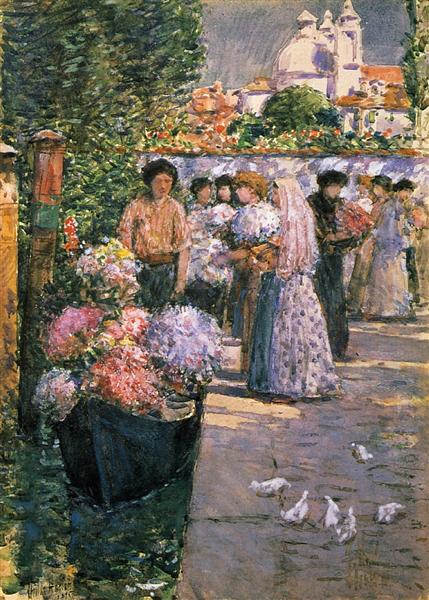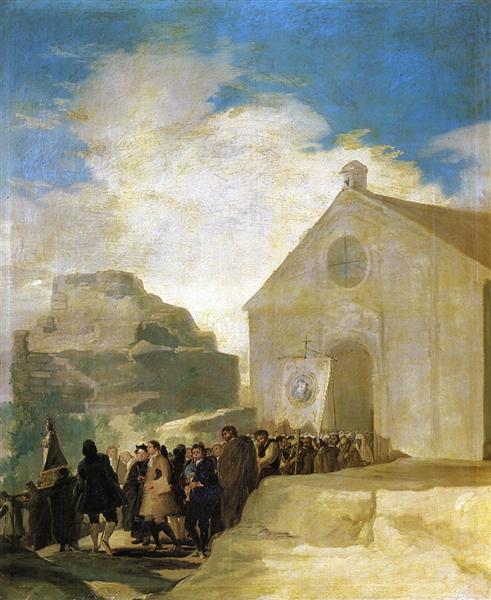Description
Henri Matisse, one of the giants of 20th-century art, left us a multifaceted legacy that encompasses various techniques and styles, but always maintained an internal coherence in terms of the exploration of color and form. One of his works from the late period, **The Creole Dancer** from 1950, is a vibrant testament to that constant search for harmony and dynamism.
In this painting, we observe a female figure dancing, framed by a simple yet evocative background. The dancer, with her elegant posture and graceful movement, immediately captures the viewer's attention. Matisse uses a bold and contrasting color palette that includes greens, blues, reds, and yellows, creating a festive and energetic atmosphere. This chromatic vibration is typical of Matisse's late period, where he moves away from realism and delves into a more abstract and emotional language.
The composition of **The Creole Dancer** is masterful in its apparent simplicity. Matisse manages to condense the essence of movement and music into a static image, something particularly difficult to achieve. The use of curved lines to delineate the figure of the dancer and the traditional costume she wears contributes to the sense of fluidity. The economy of details does not detract from expressiveness; on the contrary, it enhances the dynamism and vitality of the painting.
The background of the work is equally interesting, despite its relative austerity. The absence of superfluous elements allows the dancer to become the absolute focus, enhancing the sensation of a moment frozen in time. Matisse deliberately achieves a balance between figure and background that is characteristic of his mature style.
In terms of technique, this work belongs to the series of gouaches découpés, or cut-out painted papers, with which Matisse extensively experimented during his later years. After several illnesses that limited his ability to paint with traditional brushes, Matisse found in this technique a means to continue his artistic exploration. The result is a work that combines the precision of drawing with the freedom and colorfulness of collage, thus creating a new form of expression.
Part of the historical and artistic interest of **The Creole Dancer** lies in its ability to capture the multicultural influence that Matisse absorbed during his travels and studies, particularly his fascination with Caribbean and African cultures. The figure of the Creole dancer, in this sense, is not just a simple representation of a character, but a reflection of the artist's interest in diversity and intercultural communication through art.
In sum, **The Creole Dancer** is a work that encapsulates Henri Matisse's mastery in his final stage. Its chromatic boldness, economy of means, and the ability to convey movement and emotion through seemingly simple forms make this painting a milestone in the artist's production. It is a vibrant affirmation of his unbreakable creative spirit and an invitation to the viewer to immerse themselves in the dance and color of the Matissean universe.












